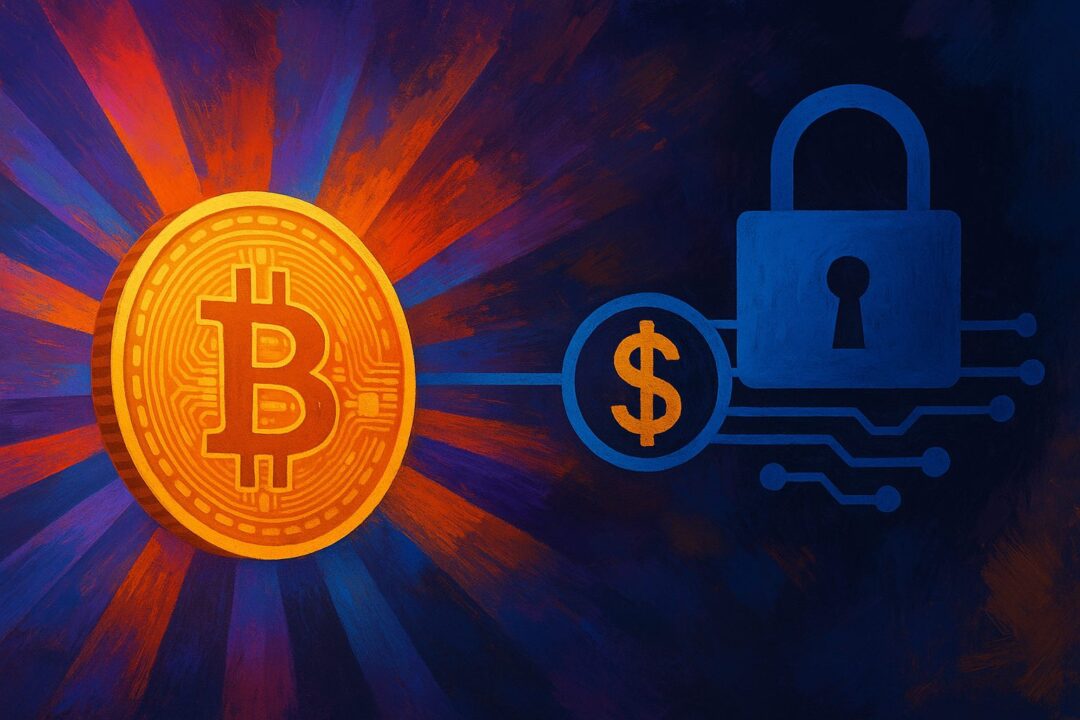Imagine a future where sending money across borders is instant, financial transactions settle in seconds rather than days, and money itself is digitally native, seamlessly integrated into the global economy. This isn’t science fiction—it’s the potential reality offered by stablecoins, digital tokens pegged directly to currencies like the U.S. dollar. But just how big could the stablecoin market become?
The rapid adoption of blockchain technology and cryptocurrencies has ignited intense curiosity and speculation around stablecoins. Investors, policymakers, and businesses all have an interest in understanding the scale and implications of stablecoin adoption. Let’s dive into the numbers and explore the fascinating potential—and the considerable uncertainties—of this evolving market.
How Much Money Are We Talking About?
To appreciate the potential scale of the stablecoin market, we first need to grasp the sheer amount of U.S. dollars in global circulation. Dollars aren’t just sitting quietly in American bank accounts—they actively flow through international offshore deposits (Eurodollars), global debt markets, U.S. treasury bonds, and countless financial instruments.
Here’s a snapshot of these global dollar reserves (as of early 2024):
- U.S. domestic M2 money supply: ~$22 trillion
- Eurodollars (offshore dollar deposits): ~$15–20 trillion
- Global USD-denominated debt (corporate & sovereign): ~$14 trillion
- Money Market Funds (USD): ~$6 trillion
- U.S. Treasury Bonds outstanding: ~$27 trillion
- Financial market liquidity (repos, short-term instruments): ~$3–5 trillion
Combining these gives us an astonishing total of around $87–94 trillion globally, with a midpoint estimate at about $90 trillion.
Estimating Stablecoin Adoption
Stablecoins aren’t merely a curiosity—they offer powerful practical advantages such as faster settlement, reduced transaction costs, enhanced transparency, and improved global liquidity. So, how extensively might stablecoins be adopted? Looking at historical analogies like digital banking and electronic payments, stablecoin adoption could realistically span from 10% (conservative estimate) up to 25% (optimistic estimate) of the total global U.S. dollar market.
- 10% adoption scenario: ~$9 trillion
- 25% adoption scenario: ~$22.5 trillion
These scenarios represent a remarkable expansion compared to today’s stablecoin market, valued around $125 billion. Consider the magnitude of potential growth:
- At 10%, that would be roughly 72 times larger than today’s market.
- At 25%, nearly 180 times larger.
Assumptions and Uncertainties
It’s important to stress that these impressive numbers rest upon several crucial assumptions:
- Regulatory Clarity: Clear, supportive global regulations are essential. Restrictive or inconsistent regulation could drastically limit stablecoin adoption.
- Institutional Adoption: Widespread adoption among financial institutions is crucial. Without their buy-in, growth would be considerably slower.
- Technological Integration: Seamless integration into existing financial infrastructures must occur, or adoption will face significant hurdles.
- Competition from Central Bank Digital Currencies (CBDCs): Official central bank digital currencies may significantly alter or constrain the stablecoin landscape.
Conclusion
The potential market for U.S. dollar stablecoins—ranging between approximately $9 and $22.5 trillion—signals a transformative opportunity for the financial sector. However, this promising future remains speculative, subject to numerous uncertainties including regulation, technology, and institutional choices.
Ultimately, while the growth potential for stablecoins is undeniably enormous, cautious optimism is warranted. The reality may differ substantially from these projections, but the conversation is certainly worth engaging with.
Discover more from Brin Wilson...
Subscribe to get the latest posts sent to your email.



